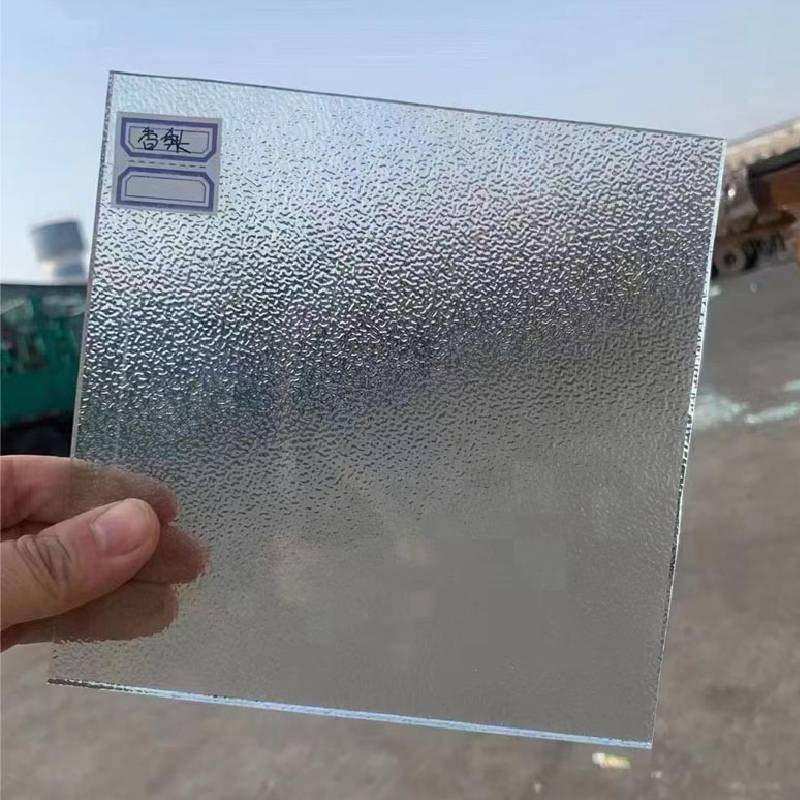Oct . 05, 2024 04:24
One-Way Glass Windows A Glimpse Into Transparency
In today's world, where privacy and security are paramount, one-way glass windows have emerged as a fascinating solution. Also known as mirror glass or reflective glass, one-way glass is a material that allows light to pass through it in one direction while reflecting light from the other side. This unique property has made it an essential component in various applications, ranging from architecture to security and surveillance.
The basic principle behind one-way glass is its reflection and transmission characteristics. During the day, when the light outside is brighter than the light inside, the glass reflects the exterior view, creating a mirror effect for those looking from outside. Conversely, people inside can still see out, enjoying an unobstructed view of the surroundings. However, this effect relies heavily on the differential light conditions; at night, when the lights inside are brighter than those outside, the effect reverses, which can lead to privacy concerns.
One-Way Glass Windows A Glimpse Into Transparency
In law enforcement and security, one-way glass plays a crucial role in surveillance. It is often used in police interrogation rooms, allowing investigators to observe suspects without being detected. This capability enhances the effectiveness of law enforcement while safeguarding the integrity of ongoing investigations. Additionally, security personnel might use one-way glass in strategic locations to monitor crowds or individuals without drawing attention, which helps in preventing disturbances or criminal activities.

Moreover, one-way glass is increasingly used in residential settings, adding both aesthetic and functional value to homes. Homeowners can install one-way glass in bathrooms or bedrooms, ensuring privacy without sacrificing natural light. It provides a stylish alternative to traditional window treatments such as curtains or blinds, which can sometimes feel heavy or outdated.
However, the use of one-way glass is not without challenges. The effectiveness of the glass depends significantly on the lighting conditions. During low-light conditions, such as nighttime, the transparency effect may be lost, exposing the interior to scrutiny from the outside. Therefore, strategic lighting solutions become essential to maintain the desired level of privacy at all times.
Furthermore, ethical considerations come into play. While one-way glass can enhance privacy, it could also serve as a means of surveillance without consent. This raises questions about the balance between security and privacy in public and private spaces. As technology advances, so do the discussions around how and where to appropriately use materials like one-way glass.
In conclusion, one-way glass windows provide more than just a physical barrier; they create a nuanced interplay between privacy and visibility. From enhancing office dynamics to improving security measures and fostering home comfort, its versatility is apparent. As society continues to navigate the complexities of privacy in the digital age, one-way glass will likely remain a relevant solution, continuously prompting discourse on its ethical implications and practical applications. After all, it embodies the delicate balance of seeing and not being seen in an increasingly transparent world.
The Role of Mirror Glass in Luxury Interior Design
NewsJun.23,2025
The Best Textured Glass for Bathroom Windows
NewsJun.23,2025
Residential Glazing Energy Efficiency Requirements
NewsJun.23,2025
Float Glass Uses
NewsJun.23,2025
Clear Float Glass For Solar Panel Covers
NewsJun.23,2025
Benefits Of Using A Glass Mouse Pad Over Traditional Ones
NewsJun.23,2025